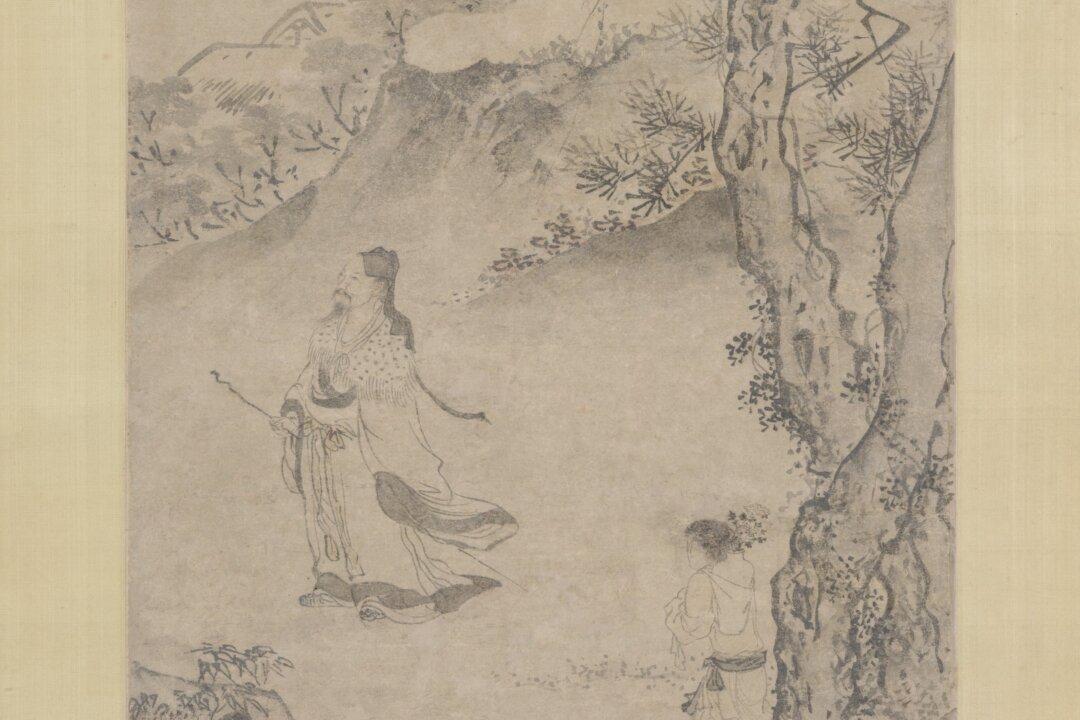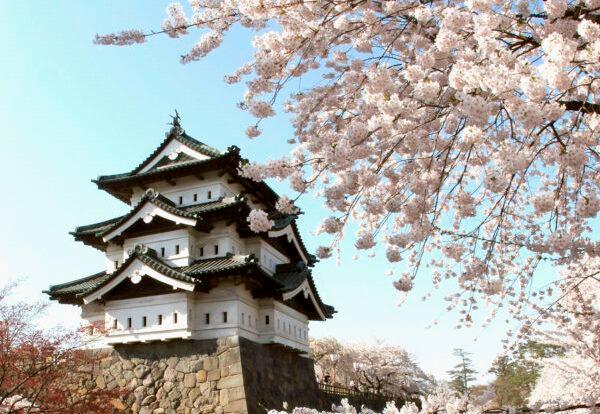As the chill of autumn sets in, trees begin to lose their vibrancy, and plants begin to wilt. However, one particular flower prevails—the chrysanthemum. While its surroundings fade away, defeated by the frigid winds, this resilient flower starts to bloom. Since ancient times, the chrysanthemum has been admired by Chinese scholars and literati, inspiring countless poems, stories, and artworks. Besides praising it for its beauty, they celebrated it as a symbol of vitality and tenacity.
Humble Origins
One of the earliest instances of the chrysanthemum being referenced in poetry is in Qu Yuan’s famous poem “Li Sao," composed during the Warring States period. In it, he writes: “Dew from magnolia leaves I drank at dawn, / At eve for food were aster petals borne.”Aster refers to the Asteraceae family of flowering plants, to which the chrysanthemum belongs. Chrysanthemums were commonly used for medicine. In just a few lines, Qu Yuan conveys that what matters isn’t one’s wealth, but rather the purity of one’s one’s heart.




